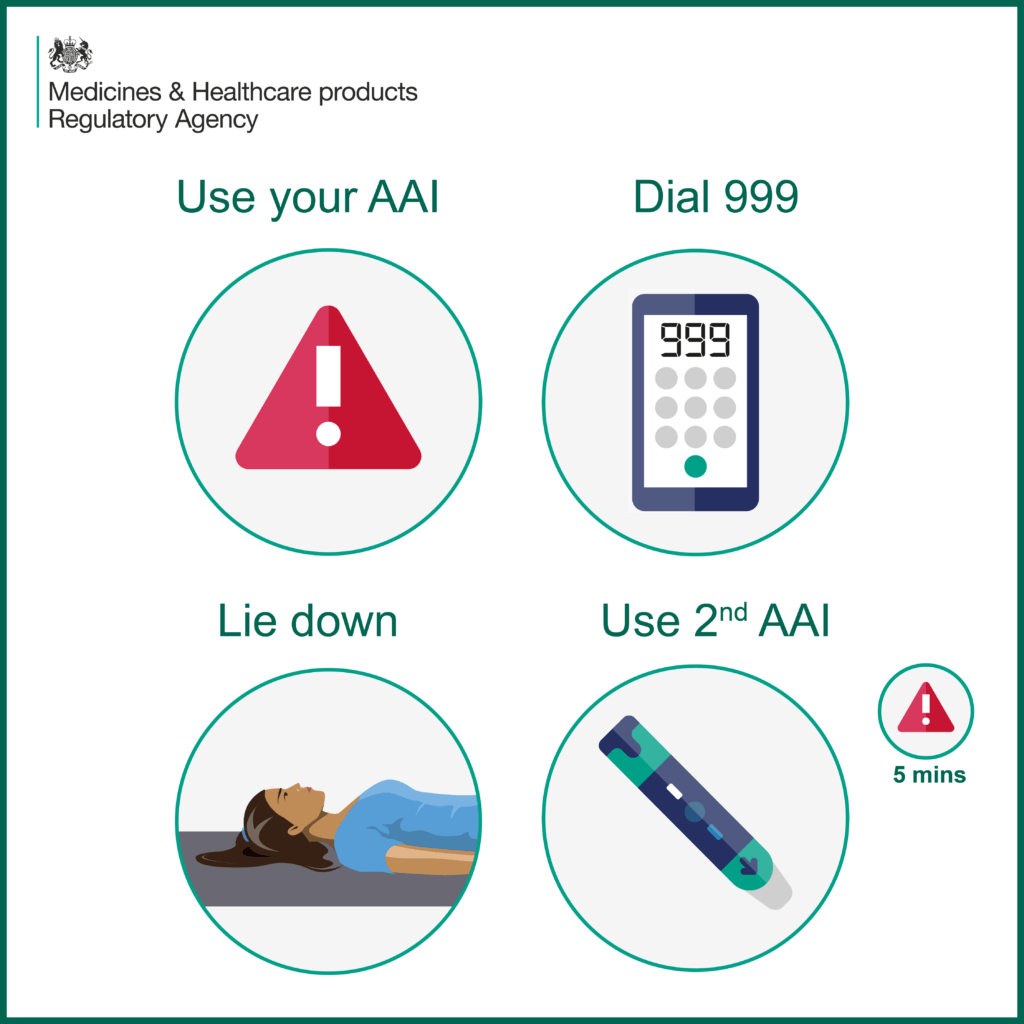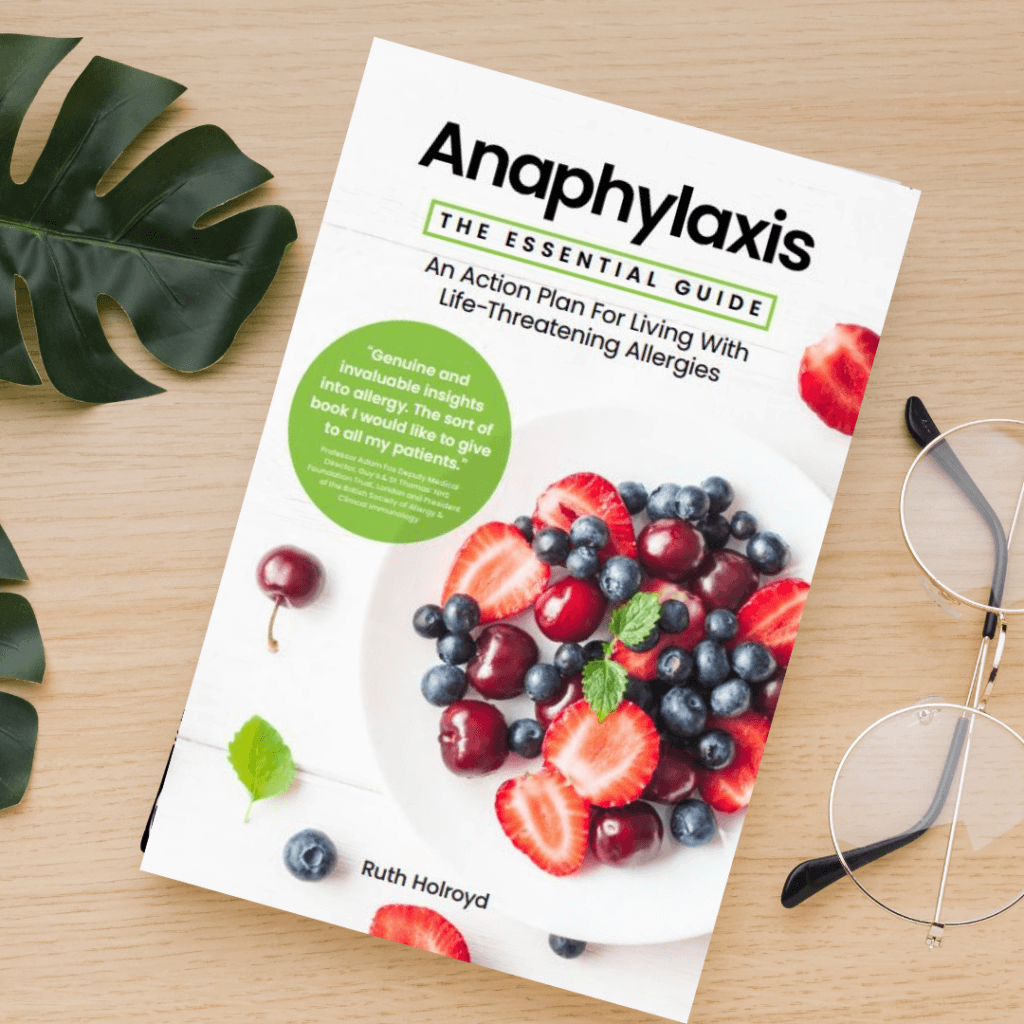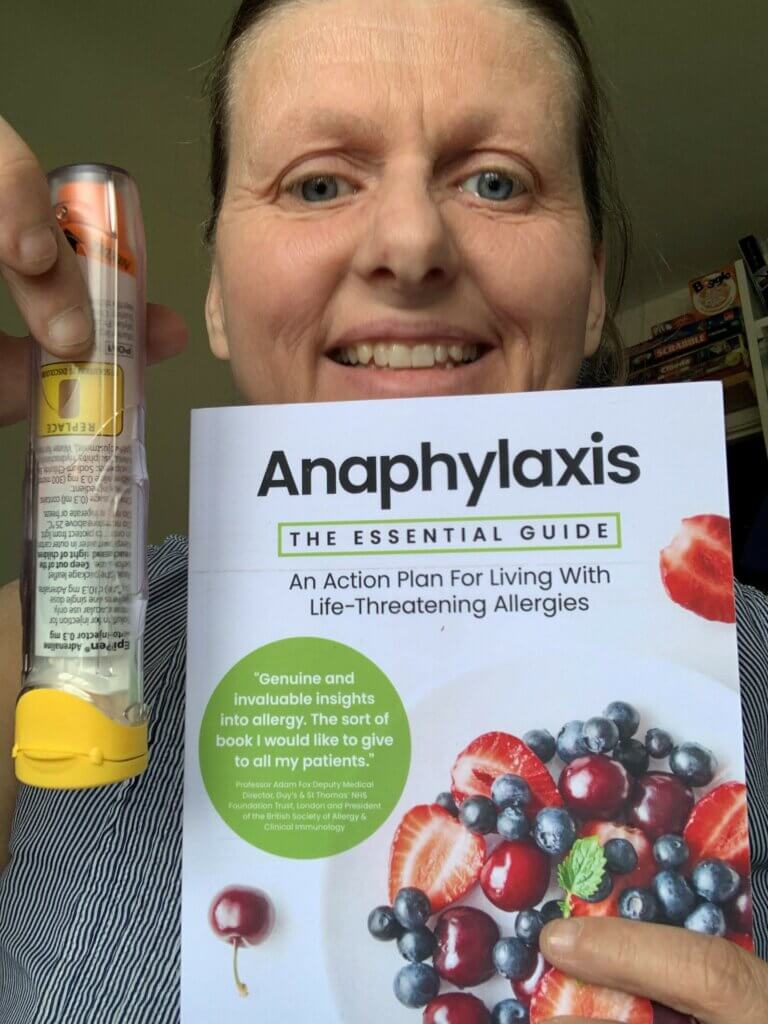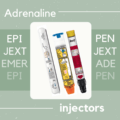Do you know how to use an adrenaline auto injector (AAI)? Even if you think you do, please have a quick scan and read of this blog post with updated guidelines from the Medicines & Health Regulatory Authority (MHRA). Click here to Read the new guidelines for using AAIs.
What is anaphylaxis?
With over 20% of the UK’s population affected by at least one allergy, adrenaline auto-injectors (AAIs) are an important healthcare product used for those at risk of anaphylaxis and can save lives. Hospital admissions due to allergies and anaphylaxis in England have nearly doubled in the last twenty years, to over 26,000 admissions in 2021-22 (from 13,440 in 2001-02).
Most of you will know what anaphylaxis is, but if you’ve stumbled upon this blog for the first time today, let me explain. In a nutshell (pun intended) Anaphylaxis is an allergic reaction to protein in food, a contact allergen, venom or even drugs. The body reacts to a normally harmless substance as if it’s a virus or bacteria and it fights, sometimes to the death, because it begins to cause havoc in the person having the reaction.
Symptoms can vary from:
- Hives
- Vomiting
- Closing of airways, asthma and difficulty breathing
- Feeling of impending doom
- Unconscious
- And sadly in rare and tragic cases it can be fatal
EVERYONE should learn what the signs are and how to administer adrenaline because you could save someone’s life. Fast action is crucial so if in doubt, inject. You’d do any harm.
What you should do if you suspect anaphylaxis
It’s easy to panic when you feel the first signs of anaphylaxis, or think your child might be having a reaction. So here’s what you should do:
- Inject the adrenaline
- Dial 999
- Lie down and stay lying down – DO NOT WALK
- Use 2nd AAI in the other thigh if you don’t see improvement
If you’re unsure at all and think you might panic, it can help to create an Action Plan that you can print out and
Do these four things if you suspect anaphylaxis

Click here to Read the new guidelines for using AAIs.
Thanks so much to the MHRA for this post, to mark World Allergy Week (Mainly in America but let’s claim it here too!) Any chance for raising awareness.
Watch a video of how to administer adrenaline for anaphylaxis
If you’re unsure what to do in an emergency, it can help to watch a video, because when anaphylaxis actually happens we can react in different ways, stress can make you panic and do the strangest things.
The crucial new information here is, if you suspect anaphylaxis, don’t walk, stay seated and if you can do so, lie down with your feet elevated. A lot of people leave a restaurant or go away to be alone when they start going into anaphylaxis and this can drastically increase the chances of a fatality.
Finally, if you need to use the second adrenaline auto injector, inject into your other thigh! This is because the muscles will be dilated from the first injection and this will mean more adrenaline gets into the system.
And if you fancy a laugh, here’s me demonstrating how to use an AAI back when I was very very young
Anaphylaxis check list
It’s not east to remember what to do, so having an Action Plan can help, and not just for kids. I have one in my Emergency Kit which means anyone can read it and know what to do for me.
- Stay where you are – this is a tricky one if you are alone and can’t get help. You should be able to make an emergency call even in an area with no phone signal.
- Stay calm
- Stay sitting or lying down
- Tell someone you’re having an anaphylactic attack
- And Act fast!
Stay safe my allergy super heroes. Check How to Write an Anaphylaxis Action plan where you can download templates.














Leave a Reply